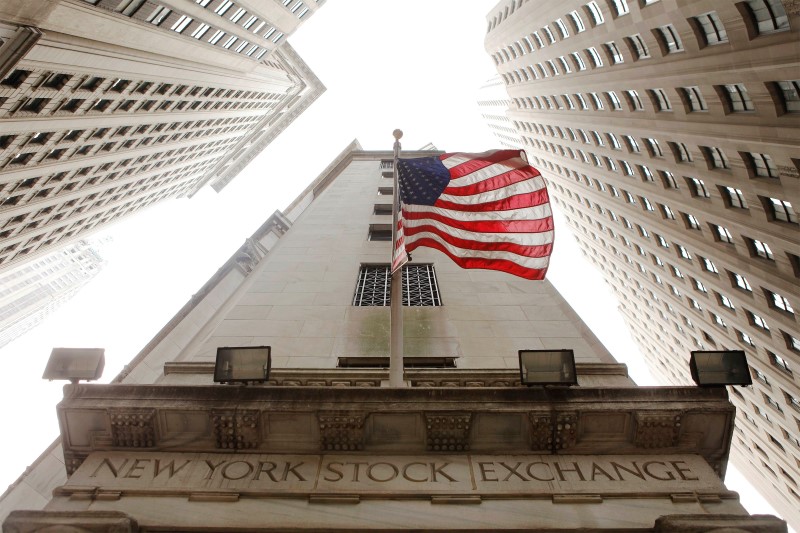By Geoffrey Smith
Investing.com -- U.S. stock markets turned positive after a negative opening on Friday, adjusting to data that suggested the labor market has been significantly stronger than thought over the last three months.
By 9:45 AM ET (1445 GMT) the Dow Jones Industrial Average was up 5 points, less than 0.1%, at 35,116. The S&P 500 was up 0.3% and the NASDAQ Composite - helped by better-than-expected results from Amazon (NASDAQ:AMZN), Snap (NYSE:SNAP) and Pinterest (NYSE:PINS) late on Thursday - was up 0.6%.
The Labor Department said earlier that the economy added 467,000 nonfarm jobs in January, way more than analysts had expected even before ADP (NASDAQ:ADP)'s assessment that private-sector jobs fell by 300,000 last month. Even more strikingly, the government revised up payroll data for November and December by a combined total of over 700,000.
The market's first reaction was negative, in assuming that the numbers will encourage the Federal Reserve to raise interest rates by half a percent at its meeting in March, rather than the 25 basis points it has so far guided for. However, the figures also validated the underlying strength of the economy, which now appears much closer to having recouped the jobs it lost due to the pandemic in 2020.
"Strong hiring and strong wages - and this is when Omicron is meant to be holding back the US economy! Just imagine what could happen in March/April." said ING chief international economist James Knightley via Twitter (NYSE:TWTR).
There had been surprising evidence of consumer strength in Thursday's late earnings, which saw Snapchat owner Snap post its first ever quarterly profit and Pinterest record a better-than-expected rise in revenue. Snap stock, which had been heavily shorted in advance of the release, rose 45%, although that still only brings the stock back to where it was three weeks ago. Pinterest stock rose 5.3%.
Likewise, Amazon stock rose 9.8% in response to its numbers, which showed profit nearly doubled in the last quarter of 2021 thanks to paper gains on its holding in electric van maker Rivian (NASDAQ:RIVN). However, like Snap. Amazon too is only at a three-week high, and remains firmly in a down trend stretching back to November, in which time it has lost nearly 20%.
Tech stock have come under increasingly heavy mean-reversion pressure in recent weeks as markets have factored in rising interest rates, which raise the opportunity cost holding stocks whose ultimate value is skewed far into the future. Facebook owner Meta Platforms (NASDAQ:FB) continued to lose ground on Friday, having fallen over 25% on Thursday in response to its first-ever decline in active users in the last quarter. Meta Platforms stock fell 1.4%.
However, there were other signs of mean reversion in lower-tech names too. Clorox (NYSE:CLX) stock fell 14% to its lowest level since 2018 after reporting a quarter hobbled by rising costs and waning demand for its cleaning products as fear of the Covid-19 virus ebbs.
Elsewhere, Ford Motor (NYSE:F) stock also fell 10.7%, after supply chain pressures and a forecast of higher input costs spoiled its fourth-quarter report late on Thursday.
